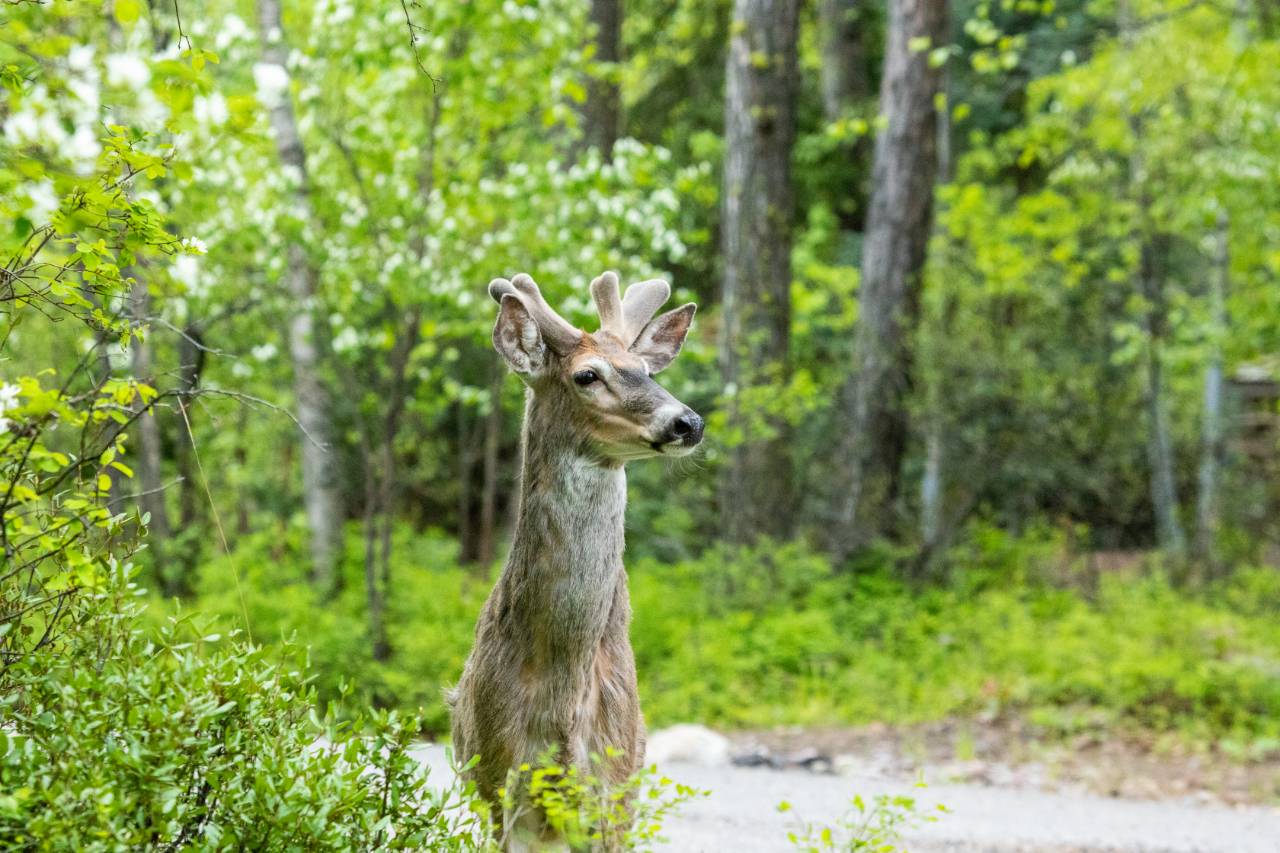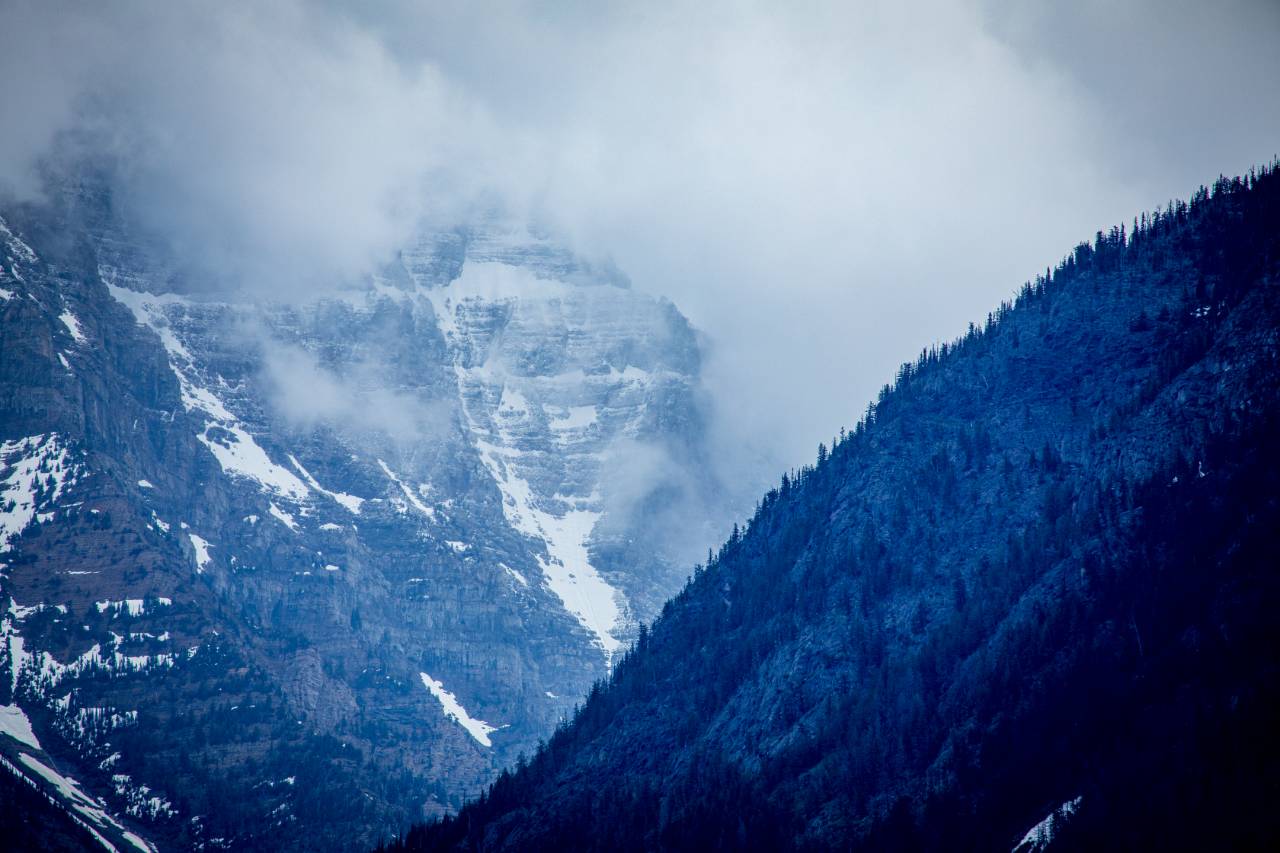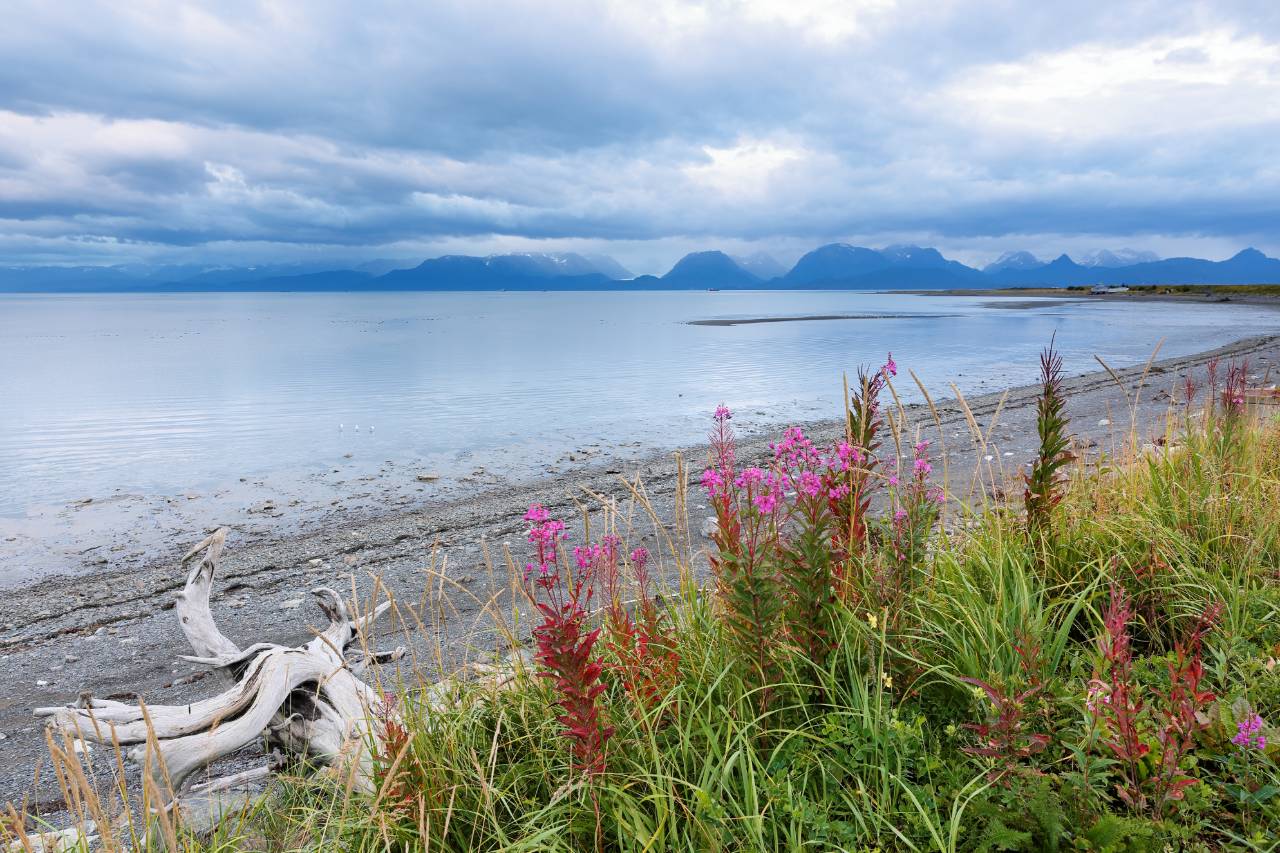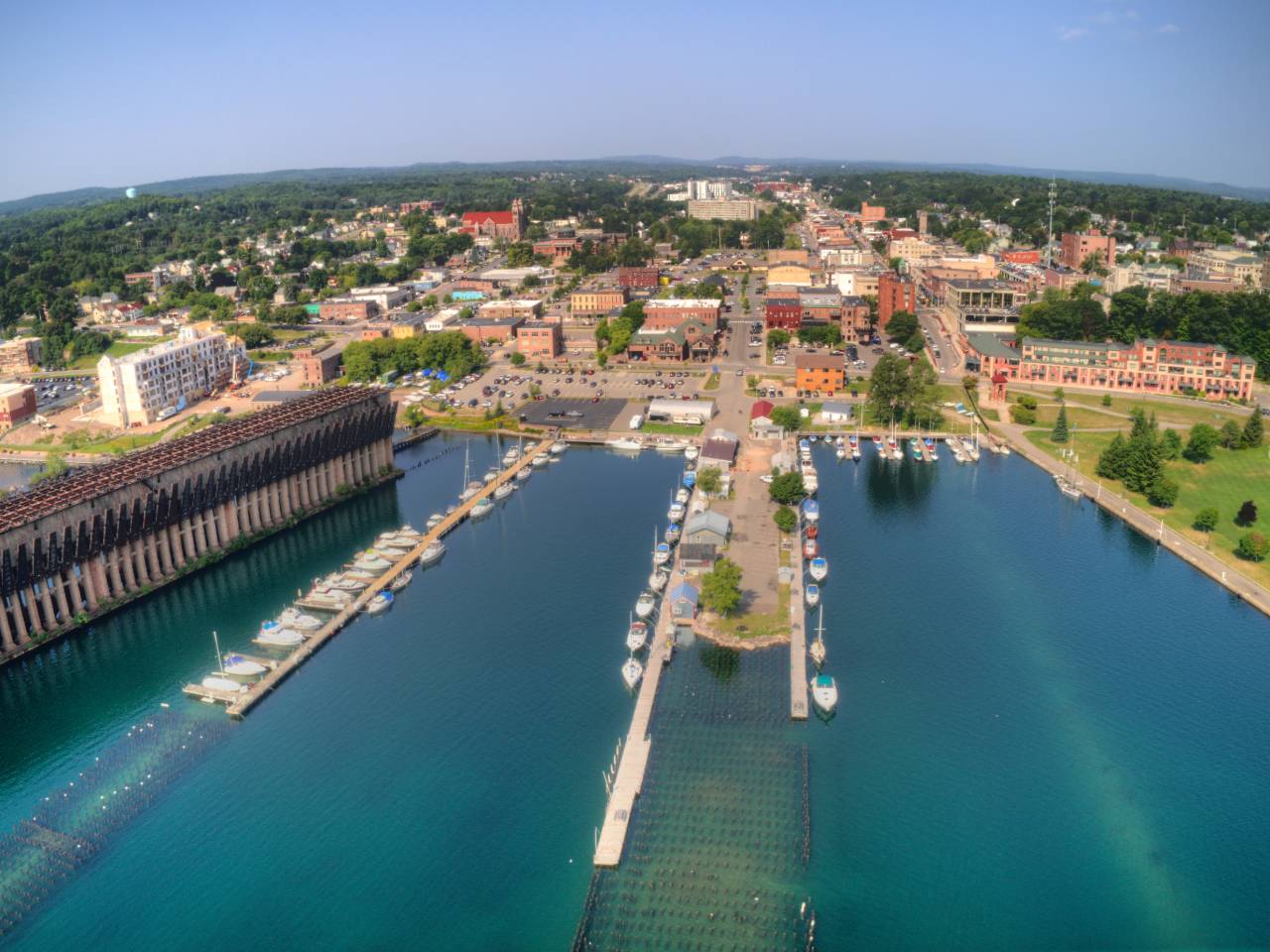Tourism and climate planning
Wildfires are becoming more prevalent in Montana and changes in the seasons are affecting the area’s recreational activities and tourism industry.
To get conversations about climate change and an action plan started, locals in the city of Whitefish enrolled in the Resilience Dialogues, a program that connects communities with experts who can provide tailored advice on how to respond to climate change. The Dialogues helped the community focus on their goals, which largely concentrate on wildfire, recreation and tourism, and local food security. Now, the city of Whitefish is implementing a number of new measures, ranging from solar energy to ecotourism, and is working on becoming a “fire-adapted community.”
Steve Thompson has spent about 30 years living, working and hunting in Montana.
As someone passionate about the great outdoors, he is in the right place. In 1991 he moved to Whitefish, Montana, just a stone’s throw from Glacier National Park, and spent many summers hiking and camping in the area. The rugged mountains, abundant wildlife and rolling plains are all close to his heart.
Each year around late October, he would head out into the wilderness to hunt elk. He says what he loves most about hunting is the feeling of “sustaining my own livelihood in a pretty wild setting.” But he notes that hunting isn’t as easy as it used to be.
Hunters rely on snow to track elk, as well as to soften the sound of their footsteps as they approach the animals. But Thompson describes how, a few years ago, when he was hunting at high elevation in November, he found himself in the middle of a rainstorm rather than a snowstorm. “It was just absolutely bizarre,” Thompson recalls. “If you’re hunting at 9,000 feet in Montana in November, it should be a snowstorm, not a rainstorm. I was just pissed off. Rain is much more difficult to hunt in.”
Other changes in Montana’s climate are happening as well. Snowpack is melting earlier in the spring, decreasing the amount of water available in streams in late summer and affecting trout fishing and farmers’ irrigation efforts. Summers are longer and temperatures are higher. More wildfires mean more smoke hanging in a heavy haze over residents, keeping them indoors during the summer months.
Thompson was concerned about the changes he was observing around him and wanted to do something about it. In January 2017, he created Climate Smart Glacier Country (CSGC), a group dedicated to conserving resources and building community resilience to the changing climate. Thompson was online searching for other groups CSGC could partner with when he came across information about the Resilience Dialogues.
“It was just absolutely bizarre. If you’re hunting at 9,000 feet in Montana in November, it should be a snowstorm, not a rainstorm.”
The Resilience Dialogues is a program that connects communities with experts who advise the community about actions and resources for building resilience to climate change. The program is a public-private partnership involving the American Society of Adaptation Professionals (ASAP), the U.S. Global Change Research Program (USGCRP), the American Geophysical Union’s Thriving Earth Exchange (AGU-TEX), the Meridian Institute and other public and private entities.
“The participation of Montana State University was very valuable,” says Thompson, who notes that the researchers were, at the time, in the midst of completing the first climate assessment for the state. “We had a pretty freewheeling conversation about the key findings in the climate assessment.”
The Montana Climate Assessment, which was published later in 2017 by the Montana Institute on Ecosystems (hosted by Montana State University and the University of Montana), confirmed many of the changes that Thompson and other community members had observed locally over recent years. Snowpack across the state has declined since the 1930s, and particularly strongly since the 1980s. Evidence shows a shift toward earlier snowmelt and spring runoff in many mountain regions of the West, which ultimately reduces water availability by the late summers. Annual average temperatures have risen across the state by 2.0 to 3.0°F between 1950 and 2015.
These changes are expected to continue. By the end of the century, Montana could be facing an average temperature increase as high as 9.8°F above preindustrial times, if greenhouse gas emissions are not reduced below current levels. Although Montana naturally experiences long droughts, rising temperatures will likely exacerbate these events, which could be detrimental for farmers. More frequent wildfires are already underway and expected to continue.
During the Resilience Dialogues, residents discussed these changes with experts. “It helped legitimize a community conversation about what climate change means for us. It set the table for conversations that have since continued,” says Thompson.
After the Dialogues, Thompson continued to work with the academic researchers he met through the Resilience Dialogues, coordinating an educational Science Day on October 16, 2017 to share the details of the Montana Climate Assessment with the public. Bruce Maxwell, Co-Director of the Montana Institute on Ecosystems at Montana State University and an author of the assessment, says the research team went on to host roughly 100 talks about the assessment. He says, “We went all over the state, in little towns. Sometimes we were only talking to three people, but other times we were talking to 150. And people were very happy with it. I think it has been a major success.”
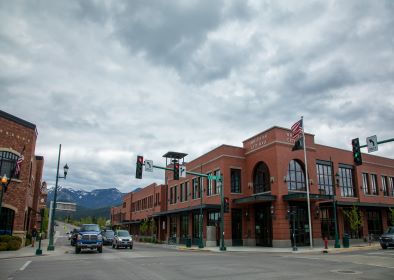
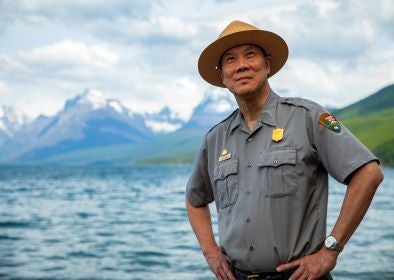
Back in Whitefish, residents were ready for action. Karin Hilding, a city engineer who participated in the Whitefish Resilience Dialogues, has since gone on to contribute heavily to the development of the Whitefish Climate Action Plan. Published in 2018, the plan involves initiatives that aim to reduce emissions and help the town become more resilient to the changes that will come. Some goals outlined in the plan – which will help the city meet its target of reducing greenhouse emissions by 26% by 2025 – include changing all streetlights to LED bulbs, upgrading energy efficiency at the Emergency Services Center, improving gas mileage of the city’s vehicle fleet and transitioning to electric vehicles, and constructing a solar farm at the new wastewater treatment plant.
To help achieve its solar goals, Whitefish began working in the summer of 2017 to get its SolSmart Bronze designation. SolSmart is led by The Solar Foundation and funded by the U.S. Department of Energy Solar Energy Technologies Office. As part of the SolSmart Program, Whitefish receives support from the National Renewable Energy Laboratory at no cost.
Residents are also preparing for more intense wildfires. Many locals have small homes and cabins in the nearby woods that could be affected by fires. Even in Whitefish, people are worried that the town itself is at risk of a fire-related disaster. In response, landowners in the area have developed and implemented strategies to reduce the risk of catastrophic wildfire, with help from a program called Firewise offered by the National Fire Protection Association. In addition, some private landowners, with the support of the Whitefish Fire Department and state and federal forest management agencies, established the Whitefish Area Fire Safe Council and Fire Safe Flathead. These organizations help educate other landowners in rural neighborhoods on ways to reduce wildfire risk.
But fire itself doesn’t need to be present to cause a problem – smoke is also a major concern.
“The summers of 2017 and 2018 were horrible, where for three or four weeks it’s so smoky, it’s hard to breathe,” says Hilding. “All of the outdoor activities had to come to a stop.”
This also has implications for the town’s tourism industry, which Hilding and others at the city are working to address. “Some people are specifically going to Glacier National Park to show their kids the glaciers before they melt, because they know the glaciers are going to be gone,” Hilding notes. “At the same time, we feel like we’re in a great position to promote green tourism and promote getting to Glacier National Park by bus rather than car, because they have a huge problem with too many vehicles in Glacier National Park.” Eagle Transit, the regional transit service, has expanded their routes to include a bus ride to Glacier National Park.
The changes occurring around Whitefish have the potential to threaten the community’s drinking water supply, which mostly comes from surface water as opposed to groundwater. Fires could create debris that clogs waterways and pumps. Concerned about these issues, Mike Koopal participated in the Whitefish Resilience Dialogues. He is the executive director of the Whitefish Lake Institute, a non-profit in the area that conducts water quality research. Koopal says that the Resilience Dialogues helped lay the groundwork for a more informed decision-making process, which he saw as a volunteer on the water committee for the Whitefish Climate Action Plan.
“We suggested looking at groundwater in our climate action report – not to replace the existing water sources, but basically to add another egg to the basket,” says Koopal, who notes that most water from the city is currently drawn from Haskill Basin. “If we have a fire in Haskill Basin or if we get invasive zebra mussels in Whitefish Lake and have to shut that down, then we [need to] have another source we can draw from, just as an insurance policy.”
Koopal began combing through old engineering reports from the 1980s and 1990s, hoping to find groundwater sources that could potentially be tapped. “It’s tricky because with groundwater you need the appropriate flow rates, but also the right water chemistry. Finding those two things in combination is kind of hard in our area.” The city has hired a consultant to do a groundwater supply feasibility study to look at options for adding groundwater to the city’s water system.
As a network of specialized teams – whether they are experts or volunteers – that address wildfire safety, drinking water or tourism, the people of Whitefish are mobilizing. It began with some simple conversations specific to their needs.
The Resilience Dialogues have been implemented in 21 communities since the program first launched in 2015. The program was created by the White House Office of Science and Technology Policy (OSTP), after local communities expressed confusion over how to navigate and access the federal climate resources that were available.
Thompson says he likes how the discussion is tailored to local communities – not just the issues themselves, but how the issues are approached. He notes that a lot of people in rural areas of America don’t want to talk about the Paris climate agreement or climate change in general. They just want solutions to the problems they are facing.
“I think the emphasis on solutions and the emphasis on resilience is absolutely the best frame for conservative rural America,” says Thompson. “And that turned out to be true.”
Story by: Michelle Hampson (Sept. 2019).
Banner Image: A white-tailed deer in Whitefish, Montana. | Credit: Impact Media Lab / AAAS.
